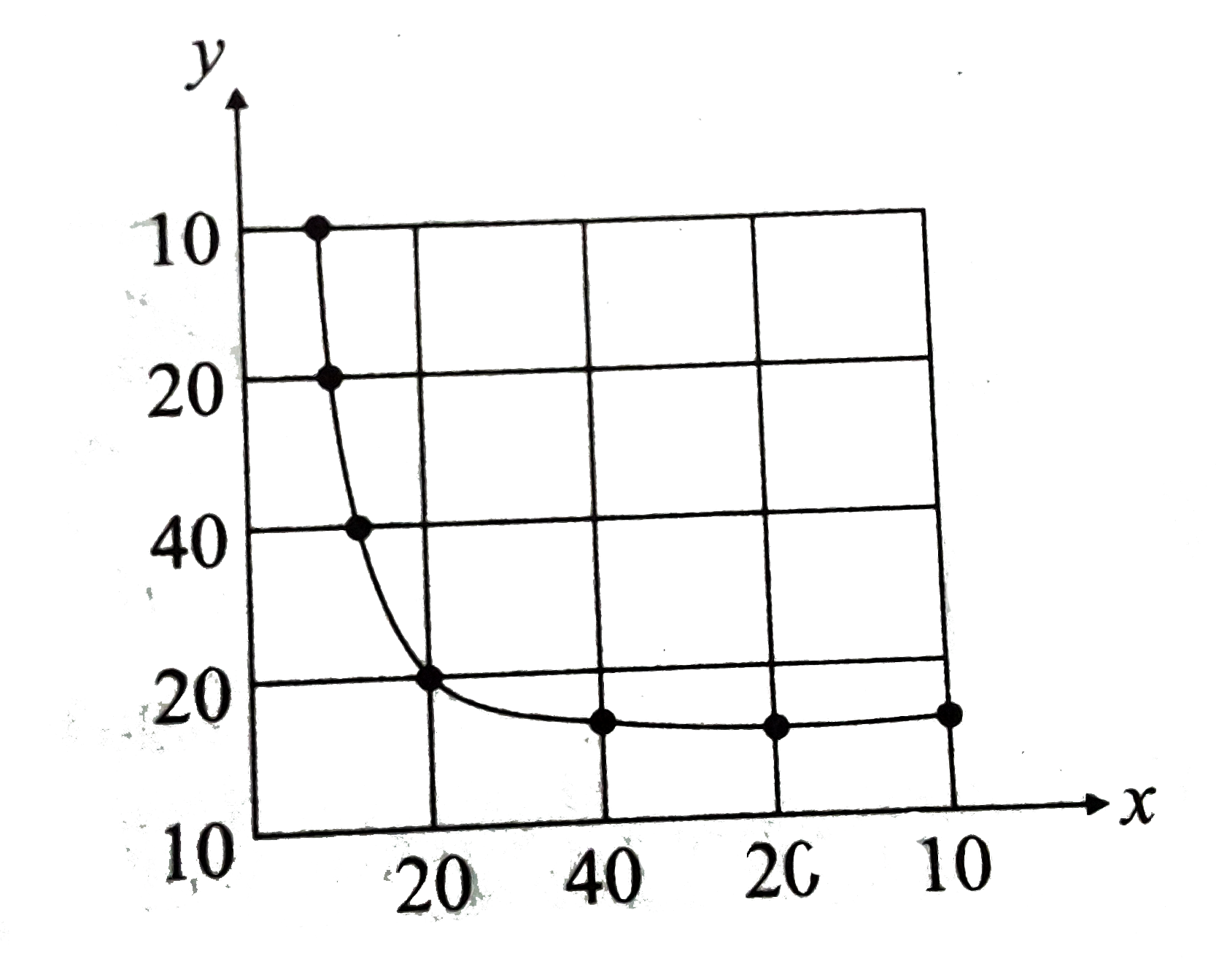An object approaches a convergent lens from the left of the lens with a uniform speed 5m/s and stops at the focus. The image.q
moves away from the lens with uniform speed 5m/s.
moves away from the lens with uniform acceleration.
moves away from the lens with a non-uniform acceleration.
moves towards the lens with a non-uniform acceleration.
The correct Answer is:C
To solve the problem of the object approaching a convergent lens and determining the motion of the image, we can follow these steps:
Step 1: Understand the Lens Formula
The lens formula is given by:
1f=1v−1u
where f is the focal length of the lens, v is the image distance, and u is the object distance (with the convention that u is negative for real objects).
Step 2: Analyze the Object's Motion
The object approaches the lens with a uniform speed of 5m/s. As it moves towards the lens, the object distance u decreases uniformly.
Step 3: Determine the Image Motion
As the object approaches the lens, the image distance v changes according to the lens formula. Initially, when the object is at a large distance (approaching infinity), the image forms at the focus f. As the object moves closer, the image distance v will change.
Step 4: Graphical Representation
The relationship between u and v can be represented graphically. The graph of u vs. v is hyperbolic, indicating that as u decreases, v increases.
Step 5: Rate of Change of Distances
Since the object is moving towards the lens at a constant speed, the rate of change of u is constant. However, the rate of change of v is not constant. As the object gets closer to the lens, the change in v becomes larger for the same change in u.
Step 6: Determine the Type of Acceleration
- The image moves away from the lens as the object approaches it.
- The change in image distance v is not uniform because the rate of change of v increases as u decreases.
- Thus, the image moves away from the lens with non-uniform acceleration.
Conclusion
The correct answer is that the image moves away from the lens with a non-uniform acceleration.
The lens formula is given by:
1f=1v−1u
where f is the focal length of the lens, v is the image distance, and u is the object distance (with the convention that u is negative for real objects).
The object approaches the lens with a uniform speed of 5m/s. As it moves towards the lens, the object distance u decreases uniformly.
As the object approaches the lens, the image distance v changes according to the lens formula. Initially, when the object is at a large distance (approaching infinity), the image forms at the focus f. As the object moves closer, the image distance v will change.
The relationship between u and v can be represented graphically. The graph of u vs. v is hyperbolic, indicating that as u decreases, v increases.
Since the object is moving towards the lens at a constant speed, the rate of change of u is constant. However, the rate of change of v is not constant. As the object gets closer to the lens, the change in v becomes larger for the same change in u.
- The image moves away from the lens as the object approaches it.
- The change in image distance v is not uniform because the rate of change of v increases as u decreases.
- Thus, the image moves away from the lens with non-uniform acceleration.
The correct answer is that the image moves away from the lens with a non-uniform acceleration.
Topper's Solved these Questions
- RAY OPTICSBOOK - PRADEEPCHAPTER - RAY OPTICSEXERCISE - (Competition)Multiple choice
89 Videos
- RAY OPTICSBOOK - PRADEEPCHAPTER - RAY OPTICSEXERCISE - (Competition)Comprehension
7 Videos
- RAY OPTICSBOOK - PRADEEPCHAPTER - RAY OPTICSEXERCISE - (Test Your Grip)Fill in the blanks (d)
10 Videos
- PROPERTIES OF BULK MATTERBOOK - PRADEEPCHAPTER - PROPERTIES OF BULK MATTEREXERCISE - Multiple choice questions
7 Videos
- SYSTEMS OF PARTICLES AND ROTATIONAL MOTIONBOOK - PRADEEPCHAPTER - SYSTEMS OF PARTICLES AND ROTATIONAL MOTIONEXERCISE - Assertion- Reason Type questions
20 Videos
Similar Questions
An object appraches a convergent lens from the left of the lens with a uniform speed 5m/s and stops at the focus. The image
View SolutionAn object is approaching a convex lens of focal length 0.3m with a speed of 0.01ms−1. Find the magnitudes of the ratio of change of position and lateral magnification of image when the object is at a distance of 0.4m from the lens
View Solution
Knowledge Check
When an object approaches a convex lens from infinity, the image formed by it shifts
Aaway from the lensBtowards the lensCfirst away and then towards the lensDnone of theseWhen an object approaches a convex lens from infinity, the image formed by it shifts
Aaway from the lensBtowards the lensCfirst away and then towards the lensDfirst towards and then away from the lensA converging lens can from a virtual image if the object is placed
ABetween the lens and its focusBAt the focus of the lensCBetween f and 2fDAt infinity
If an object is placed at the focus of a convex lens, where is the image formed?
View SolutionAn object is placed at the focus of a concave lens. Where will be image ?
View SolutionAn object is placed at the focus of a concave lens. Where will its image be formed ?
View SolutionAn object is placed 80 cm from converging lens of focal length 25 cm. What is the nature of image?
View SolutionA lens forms a real image of an object. The distance from the object to the lens is x cm and that from the lens to the image is y cm. The graph shows the variation of y with x.
It can be deduced that the lens is

View Solution
